At Ly Tu Trong College in Ho Chi Minh City, Dr. Dinh Van De, acting principal, said the school has met more than 50% of its enrollment target for college level. The school trains under the credit system so it can enroll students all year round, and when there are enough students, classes will be opened in batches. However, many professions with very high demand for human resources such as suit sewing technology, sewing technology, construction management, communications and computer networks, ship engine repair, elevator repair, etc. still have many vacant positions, candidates can register to study.
It is worth mentioning that in the garment technology and suit sewing technology sectors, businesses place orders continuously and commit to recruiting after graduation. But in reality, the number of candidates registering is very small. According to Dr. De, one of the main reasons is the fear after the Covid-19 pandemic, when many garment workers were laid off. In addition, students are not very interested in this field, although job opportunities are still open.
At Hoa Sen Vocational College, Master Nguyen Van Thai, Vice Principal of the school, said that it is not only this year that there is a situation where some professions are very short of human resources but have “no candidates”. Typical examples are English, restaurant management (college level), hotel management, and business accounting (TC level).
Meanwhile, at Saigon College of Technology and Tourism , Master Vo Cong Tri, Vice Principal, said that many majors still attract students such as automobiles, tourism, and information technology. However, majors such as accounting and business administration are difficult to recruit, because the development of artificial intelligence has caused job opportunities to slow down. However, the school still maintains links with more than 200 large and small businesses to ensure students have internships and job commitments after graduation.
According to Master Lam Van Quan, Chairman of the Ho Chi Minh City Vocational Education Association, this is an alarming paradox. “This is not simply a matter of choosing a school or a major, but more deeply, it is a deviation in the national human resource development strategy,” Master Quan emphasized.

Short study time, lots of practice, early graduation... are the reasons why many students choose vocational training.
IMAGE:
It's not just psychological, it's systemic.
According to Master Lam Van Quan, the situation of "industry needs but people don't study" stems from many causes, which can be divided into 5 large groups.
Firstly, the social psychology of "degree worship" . In the eyes of many parents and students, university is still the path to success, while vocational training is only a "secondary" choice. This mentality is even more serious when there is a trend of choosing "easy work, high salary" majors such as business administration, banking, finance, which are not related to personal abilities or market demand.
Second, the lack of fairness in education policy. For many years, the budget, scholarships, loan mechanisms, etc. have mainly focused on university education. Vocational education has been left behind, with both few resources and a lack of policies to encourage learners. In addition, the lack of tightening university entrance standards has caused the post-secondary education system to be "structurally broken": students who are weak in their studies still enter university, while the labor market needs skills but there are no vocational students.
Third, there is a lack of accurate labor market information. Currently, students and parents have almost no official data to know which industries are in need of human resources, what the average salary is, and what the development opportunities are. The decision to choose a major is therefore vague, easy to follow the crowd or word of mouth.
Fourth, the career guidance system is weak and lacks scientific tools. Career guidance in schools currently only stops at introducing schools, distributing leaflets or organizing recruitment fairs. Meanwhile, what students need are tools to assess their abilities, test their strengths, and experience real careers. "When career guidance is not correct, the stream is definitely wrong," said Master Quan.
Fifth, the media lacks depth. Social media still mainly glorifies “university valedictorians” instead of successful vocational students. The image of vocational schools is therefore unattractive and has not reached the Gen Z generation, who are sensitive to digital images, short videos, TikTok or YouTube.
Solutions: From schools to macro policies
According to Master Lam Van Quan, to resolve this paradox, vocational schools and the education system need to take stronger and more synchronous steps.
At the school level, there is a need to change the approach to admissions. Instead of just “admissions”, schools must “career orient” students early: organize career experiences right in high school, invite successful alumni to share, and connect closely with parents.
Training is closely linked to businesses. Schools need to strengthen the dual training model, where studying at school combines working at businesses, with a three-party contract to commit to employment. Having clear jobs for graduates will be the best guarantee to attract candidates.
Invest in digital media. Vocational schools need to be more present on the platforms that young people are using: short videos, career podcasts, interviews with successful vocational students. The image of a modern, dynamic, “future-oriented” vocational school must be systematically built.
At the policy level, the State needs to take stronger action. First of all, it is necessary to build a public and transparent national labor market data system, so that students and parents have a basis for choosing a career. At the same time, the career guidance program must be standardized and included in the curriculum from grade 8, with scientific tools and a team of well-trained experts.
In addition, it is necessary to legislate the mechanism of lifelong learning , so that vocational students can continue their studies at university if they are qualified. The budget for vocational education must also be increased, along with scholarship policies and tuition support for social sectors that are in great need but are less attractive.
Source: https://thanhnien.vn/nganh-nghe-khat-nhan-luc-vi-sao-thi-sinh-van-tho-o-185250910134334822.htm





![[Photo] Prime Minister Pham Minh Chinh chairs a meeting of the Government Standing Committee to remove obstacles for projects.](https://vphoto.vietnam.vn/thumb/1200x675/vietnam/resource/IMAGE/2025/10/06/1759768638313_dsc-9023-jpg.webp)
![[Photo] Prime Minister Pham Minh Chinh chaired a meeting of the Steering Committee on the arrangement of public service units under ministries, branches and localities.](https://vphoto.vietnam.vn/thumb/1200x675/vietnam/resource/IMAGE/2025/10/06/1759767137532_dsc-8743-jpg.webp)

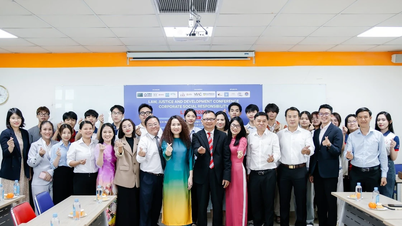

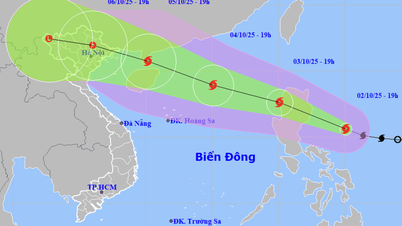
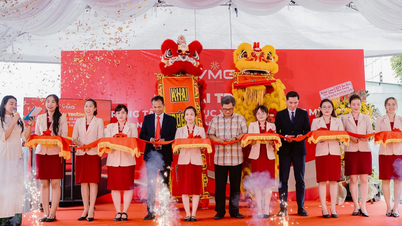







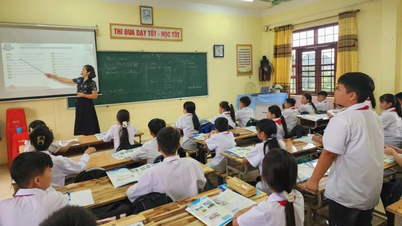


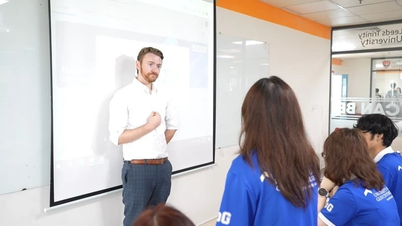














































































Comment (0)